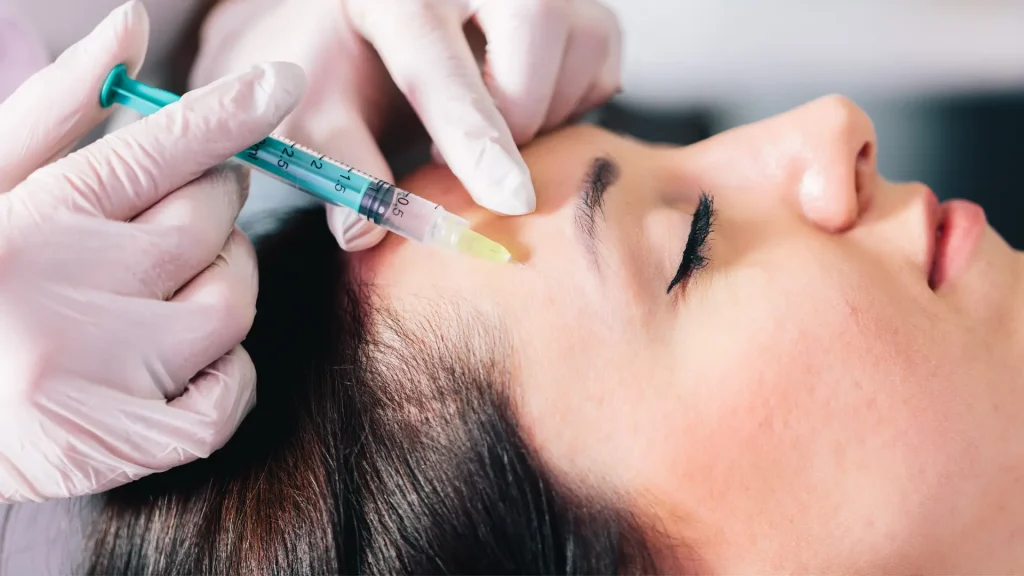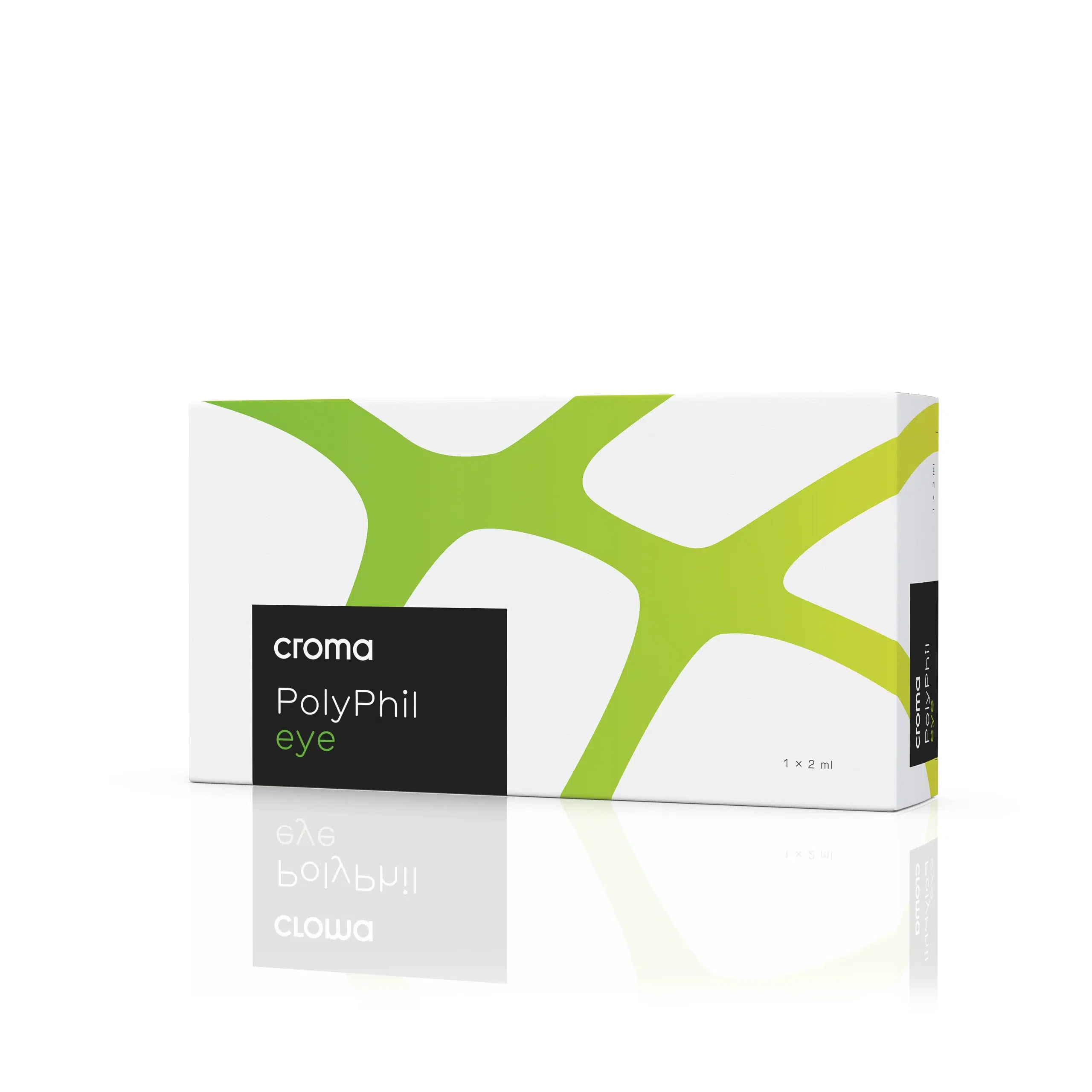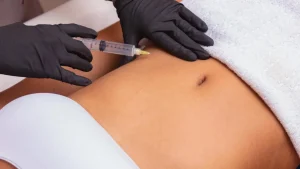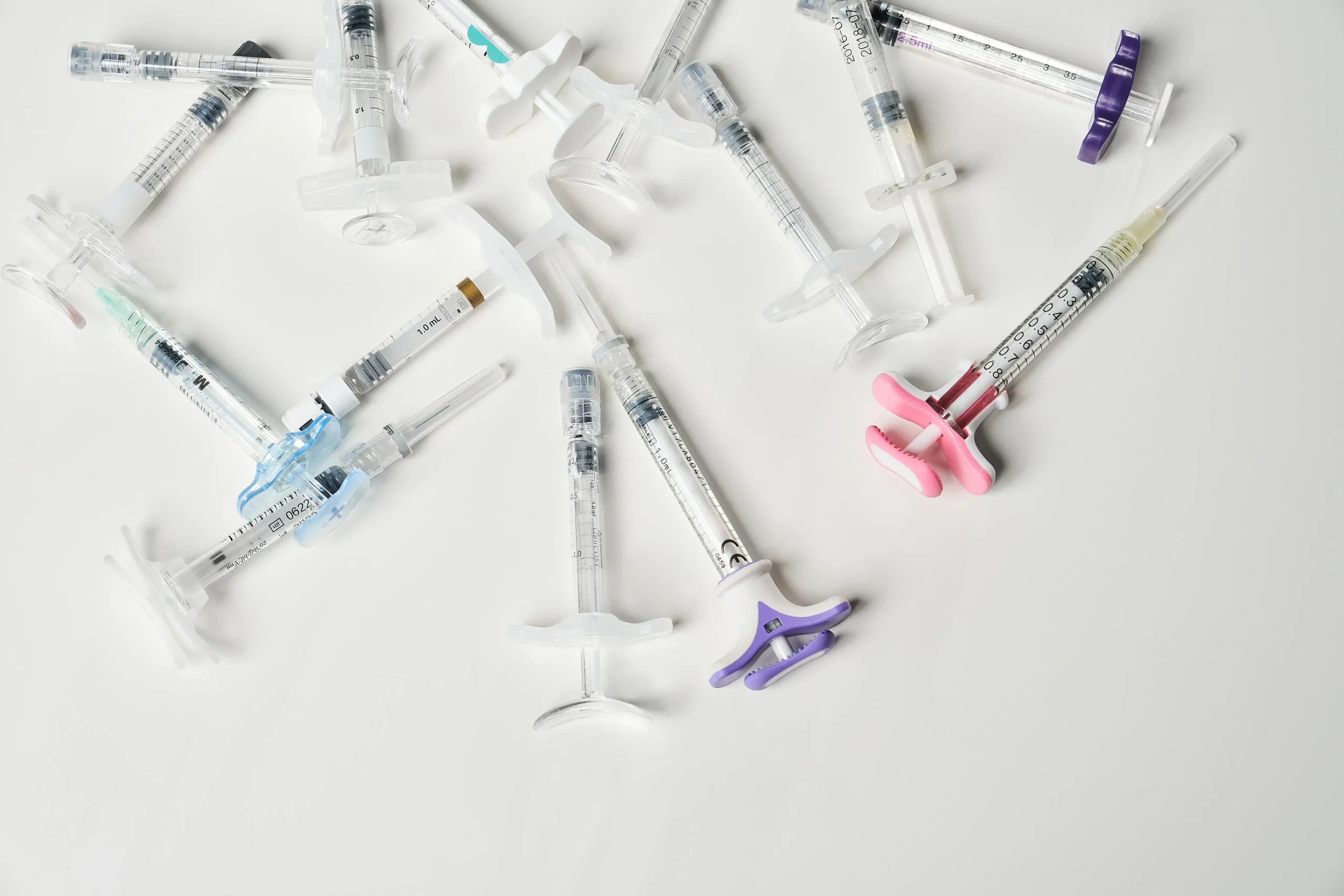Minimally invasive cosmetic procedures have surged in popularity across the United States, with a 7% year-over-year growth in minimally invasive treatments, according to the 2023 American Society of Plastic Surgeons (ASPS) Statistics Report. This growth reflects the increasing demand for effective and low-downtime aesthetic solutions. Among the most popular options are Botox and dermal fillers, which continue to dominate the non-surgical enhancement market.
This rising trend highlights the appeal of injectable treatments that rejuvenate and enhance the skin without the need for surgery. PhilArt and Profhilo are two leading polynucleotide-based products designed to improve skin hydration, elasticity, and overall quality. As more individuals seek subtle yet impactful results, these treatments provide promising alternatives for achieving aesthetic enhancement.
In this article, we will compare PhilArt vs Profhilo, examining their benefits, limitations, and indications to help practitioners select the most appropriate option based on their patients’ unique aesthetic goals.
Key Takeaways for PhilArt and Profhilo Comparison
- PhilArt and Profhilo are minimally invasive aesthetic treatments designed for skin rejuvenation, but they differ in their composition and mechanisms.
- PhilArt uses long-chain polynucleotides derived from salmon DNA to stimulate collagen production, enhance hydration, and repair the skin over time, making it ideal for gradual improvements in skin texture and elasticity.
- Profhilo uses a hybrid hyaluronic acid formulation, combining high and low molecular weight HA, delivering immediate hydration and collagen stimulation for skin tightening and firming.
- PhilArt requires three to four sessions, spaced two weeks apart, for gradual improvements, while Profhilo typically needs two initial sessions, followed by maintenance treatments every six to nine months for more rapid results.
- Both treatments offer high patient satisfaction, with PhilArt offering subtle, long-term rejuvenation and Profhilo providing faster skin plumping and radiance.
- PhilArt is ideal for patients with mild skin laxity and those seeking long-term skin quality improvement, while Profhilo works best for patients with moderate to severe skin laxity or those needing quick hydration and tightening.
About: Medica Depot is your trusted all-in-one supplier, offering a range of high-quality medical injectables and supplies. Order Croma PhilArt Fillers online at Medica Depot today! Whether for health professionals, plastic surgeons, dermatologists, licensed estheticians, or other specialists, we can offer genuine, brand-name products you may need. With Medica Depot, we prioritize serving you better to improve the patient’s quality of life.
Comparing Mechanisms: Polynucleotides vs Hybrid HA

PhilArt and Profhilo utilize distinct mechanisms of action, which leads to different results for patients. Profhilo is composed of hybrid hyaluronic acid (HA), which includes both high and low molecular weight HA. This dual-weight system allows for immediate hydration and gradual collagen stimulation, making it ideal for restoring skin firmness and volume. Unlike traditional fillers, Profhilo is not intended to add volume but to deeply hydrate and promote bio-remodeling.
PhilArt, on the other hand, uses long-chain polynucleotides (PNs) derived from salmon DNA. These PNs are biocompatible, providing cellular regeneration and skin repair by stimulating fibroblast activity, enhancing collagen and elastin synthesis, and reducing inflammation. The polynucleotides help improve skin texture and elasticity, and the process is gradual, often leading to subtle, long-lasting improvements.
Another similar treatment is Plinest. When comparing PhilArt vs Plinest, PhilArt’s mechanism focuses on skin regeneration and hydration, while Plinest aims for deeper tissue repair and more intensive collagen stimulation. This distinction makes each treatment suitable for different patient needs and treatment goals.
Treatment Protocols and Indications: PhilArt vs Profhilo Dermal Fillers

Understanding the treatment protocols and clinical indications for PhilArt and Profhilo is essential for determining the right option for each patient.
- PhilArt: Often recommended for patients with early to moderate signs of aging, such as mild skin laxity, dryness, and dullness. Its treatment protocol typically involves three to four sessions, spaced about two weeks apart, followed by maintenance treatments every six months or as needed. PhilArt is highly effective for improving skin texture, hydration, and elasticity, especially in sensitive areas like the face, neck, décolletage, and hands.
- Profhilo: Ideal for those seeking rapid skin rejuvenation and immediate results. It typically requires two initial sessions one month apart, followed by maintenance sessions every six to nine months. Profhilo is particularly suited for patients with moderate to severe skin laxity and those looking for skin tightening and firmness in areas like the face, neck, and décolletage.
The decision between PhilArt vs Profhilo should be based on whether the patient needs gradual improvements in skin texture (PhilArt) or faster, more pronounced hydration and tightening effects (Profhilo).
PhilArt vs Profhilo Dermal Fillers: Results, Longevity, and Patient Suitability

Both PhilArt and Profhilo deliver impressive results, but they do so in different ways and with varying timelines:
- PhilArt: Provides gradual skin improvement with a more subtle effect, making it perfect for patients who seek long-term skin rejuvenation. Patients typically see results after two to three sessions. Depending on the skin condition and age, the benefits can last up to six months. Its gradual approach to skin repair and regeneration helps maintain natural skin health over time.
- Profhilo: Offers rapid results. Patients often see visible improvements in skin radiance, firmness, and plumping after just one or two sessions. Moreover, its immediate hydration effects can last for up to six months.
Contraindications and Treatment Areas
PhilArt has a contraindication for patients with hypersensitivity to polynucleotides or other components in its formulation. On the other hand, practitioners should not administer Profhilo to individuals with hypersensitivity to hyaluronic acid or other ingredients of the HA-based injectable.
Additionally, aesthetic providers can only use these minimally invasive injectables on the following treatment areas:
- PhilArt: Aesthetic providers can select this polynucleotide-based product line (PhilArt, Eye, Hair, and Next) for areas such as the face, neck, décolletage, hands, hair scalp, and other regions that show signs of aging.
- Profhilo: Practitioners can use its product line (Profhilo, Structura, Body, and Haenkenium) on the face, neck, décolletage, hands, arms, knees, and abdomen areas.
Clinical Considerations for Integrating PhilArt or Profhilo
Integrating PhilArt or Profhilo into a treatment plan requires an understanding of the patient’s age, skin condition, and treatment goals. A comprehensive consultation is essential to determine the most effective treatment regimen, ensuring that aesthetic goals are met while maintaining safety and effectiveness.
- PhilArt is best suited for individuals who want subtle rejuvenation and gradual improvement in skin texture and elasticity.
- Profhilo is recommended for individuals seeking quick results in skin firming, tightening, and hydration.
Conclusion
Both PhilArt and Profhilo offer excellent solutions for skin rejuvenation, with each treatment serving different needs. PhilArt is ideal for gradual, long-term improvements in skin texture and hydration, while Profhilo delivers more immediate results with a focus on skin tightening and firmness.
The choice between PhilArt vs Profhilo depends on the patient’s skin concerns, desired outcomes, and preference for gradual vs. immediate results. A thorough consultation with a qualified professional is essential to determine which treatment will provide the best results for each individual.
FAQs
1. What are the primary differences between PhilArt and Profhilo?
PhilArt focuses on stimulating fibroblast activity, which gradually improves skin texture and elasticity. In contrast, Profhilo uses a combination of high and low molecular weight hyaluronic acid for immediate plumping and bio-remodeling, providing quicker results in firmness and radiance.
2. How many sessions are required for each PhilArt and Profhilo treatment?
For PhilArt, the treatment usually consists of three to four sessions spaced about two weeks apart. Profhilo typically starts with two sessions a month apart, followed by maintenance treatments every six to nine months.
3. What are the expected results from each treatment?
PhilArt offers gradual improvements over time, leading to subtle and lasting changes in skin quality, while Profhilo provides rapid enhancements, delivering immediate hydration and rejuvenation for a plumper and firmer appearance.
References
- American Society of Plastic Surgeons. 2023 ASPS PROCEDURAL STATISTICS RELEASE. ASPS; 2023. https://www.plasticsurgery.org/documents/news/statistics/2023/plastic-surgery-statistics-report-2023.pdf
- PROFHILO® Injection Treatment. Profhilo. Accessed May 26, 2025. https://www.profhilo.co.uk/










